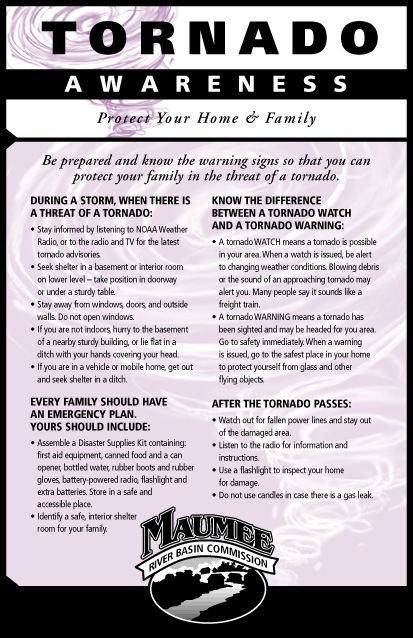|
The nearest official BoM weather station is located approximately 10 kilometres northeast of the Paraparap district at Geelong Airport (Mt Duneed). At 1530AEDST this station reported an air temperature of 31.9C and a wind direction of 70degrees at 10 knots and appears to be effected by a weak seabreeze extending from Port Phillip Bay. At 1600AEDST, the wind had shifted to 130degrees, which may indicate the arrival of a southeast sea breeze extending from Bass Strait (common in this district). By 1630 the southeast sea breeze had increased to 15knots, however the air temperature remained at 30.2 degrees. It would be feasible to estimate maximum temperature near the Paraparap district to be close to 32C or 33C just prior to the storm development and passage over the location.
Surface to 750hPa (100 - 3115 metres)
Data extracted from the Melbourne Airport trace at 0Z(1100AEDST) shows a very steep temperature decline between 817hPa - 1850m (11.6C) and 707hPa - 3035m (0.6C). This represents a fall of 11.0C over a depth of just 1185m. This layer of rapid cooling probably did not alter greatly during the remaining 6 hours with surface temperatures approaching 32C at 1500AEDST and with the 0C (FZL) situated at about 3115m. A fall of 32C between surface and FZL places the lower 3000 metres within the potentially superadiabatic temperature profile. This is a significant aspect of conditions occurring during the development of this storm.
750hPa - 500hPa (3115 - 5730 metres)
The FZL (freezing level) is recorded at 700hPa (3115 metres) at Tullamarine at 11am, and there is not a significant fall in temperature between 750 and 500hPa (see Figure 2) , and a weak inversion is present between 582hPa and 570hPa. The overall temperature decline between 700 and 500hPa (3115m and 5730m) is 15.1C (500hPa temp is -15.1), however above the weak inversion at 570hPa, the airmass dries out significantly with an air temperature of -8.9C and a dewpoint of -36.1C. Video and photo analysis shows that some cumulus were not penetrating above 500hPa, however, isolated stronger updrafts were able to move upward into the colder drier air above 500hPa when surface heating increased to create sufficient parcel buoyancy.
500hPa - 300hPa (5730 - 9390 metres)
The atmospheric profile above 500hPa is more significant with a second cooling layer appearing between 474hPa and 405hPa (see Figure 2). The temperature falls from -18.1C at 474hPa to -27.3C at 405hPa which represents a fall of 9.2C over a vertical distance of 1158 metres. At 474hPa, the air temperature of -18.1C is accompanied by a dewpoint of -46.1C and this represents a significant dry layer with a relative humidity of just 7%. Another significant cooling layer extends from 390hPa (7562 metres) to 300hPa (9390 metres), with the 390hPa temperature of -27.9C falling to -42.3C at 300hPa. Radar shows maximum cloud tops reached at least 9 kilometres.
The APRSWXNET/Citizen Weather Observer Program (CWOP) is a group of interested amateur radio operators and citizen observers, organized by FSL, who contribute real-time weather data via packet radio and the internet for use in NOAA activities. This volunteer program had a recent notable success. On April 28, 2002, atmospheric conditions in close proximity to the first documented "F5" tornado (this may be changed by reports not yet received) in the state of Maryland were measured and observed by three members of the CWOP program. Greg Jones (K3GJ) was up and reporting prior to and during the tornado that struck La Plata, MD. He was able to record a 125-mph wind gust before losing power. Just upstream in Potomac Heights, MD, another CWOP member, Joe Sartori (WB3IUT) also "live" during the event, received 3-inch sized hail but not the direct hit of the winds.
The Jones and Sartori stations provide the only routinely reporting weather data available in Charles County (the closest METAR station is 19 miles north at Andrews AFB). Their storm reports have been forwarded to the local NWS Weather Forecast Office in Sterling, VA. Further downstream in Mechanicsville, Northern St Mary's County, MD, J.D. Delany (WX3SMD) was also online and reporting prior to and during the event. Mr. Delaney observed an estimated gust to 40 mph as the tornadic storm roared by to the north of his location. All three APRSWXNET/CWOP members provided valuable information during this historic tornadic event and should be commended for their efforts.
All of the contributed data are available to the general public over the NOAA/FSL mesonet web page and the Meteorological Assimilation Data Ingest System (MADIS).
|
